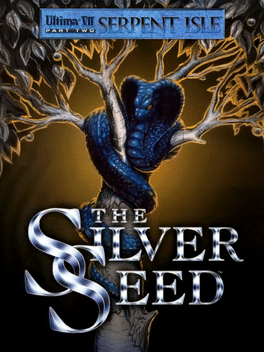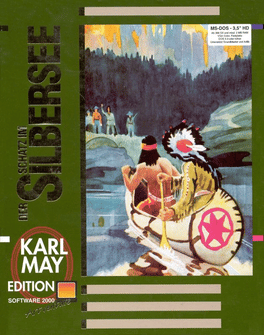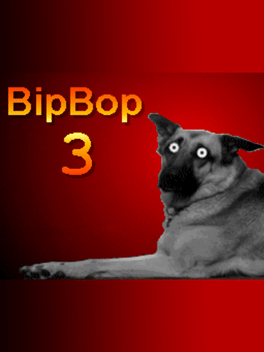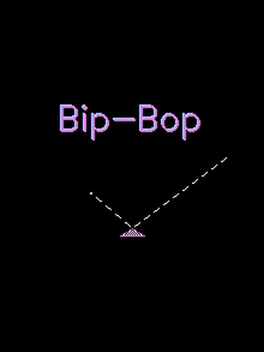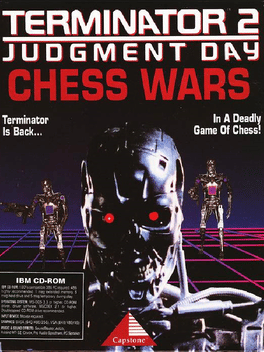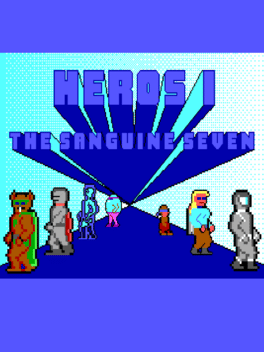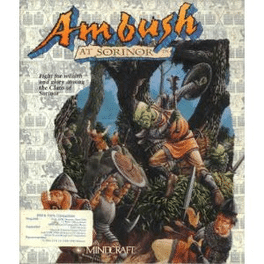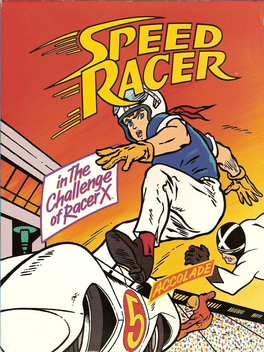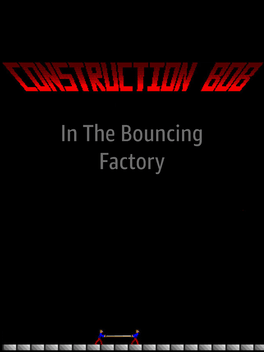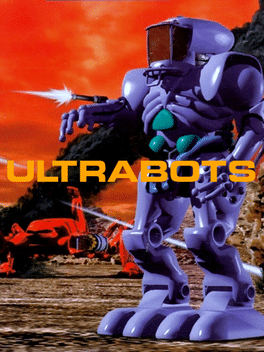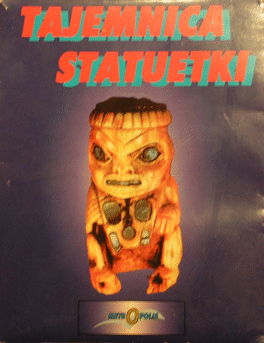New Dos Games - Page 38
-
Ultima VII: Part Two - Serpent Isle: The Silver Seed
1993
The Silver Seed is the expansion pack for Ultima VII: Part Two - Serpent Isle. -
Companions of Xanth
1993
Companions of Xanth
1993
Companions of Xanth is an adventure game published in 1993 by Legend Entertainment. The game is based on Piers Anthony's Xanth novels and loosely follows the plot of his novel Demons Don't Dream, in which a young man uses a computer game to enter and explore the world of Xanth. Typical of Piers Anthony's novels, the game is filled with puns and visual gags, and some knowledge of the Xanth universe is helpful; for those players who haven't read any of the Xanth novels, an in-game 'Com-Pendium of Xanth' is provided to the player for the majority of the game. -
Whatever We Decide to Call this Game
1993
Whatever We Decide to Call this Game is a text adventure game in which one finds themselves outside the doors of their new college with three tasks to accomplish - find a bathroom, enroll in classes, and get a parking sticker. -
Der Schatz im Silbersee
1993
Der Schatz im Silbersee is a graphic adventure game with an icon-based point-and-click interface. Based on the novel Der Schatz im Silbersee by German author Karl May, this game let’s you join the wild west adventurers Old Firehand, chief Winnetou and Tante Droll on their way up the Arkansas River, through Utah to the Rocky Mountains. They’re searching for the famous treasure in Silver Lake, but they’re not the only ones: the unscrupulous Red Colonel and his band of tramps aren’t exactly eager to share... You take control of Old Firehand, performing actions with a set of only three basic commands and a good deal of inventory management. The game features four episodes: the steamer Dogfish, the rafter’s camp, Butler’s farm, and the treasure hunt at the Silbersee. The Eagle’s Tail and Utah chapters of the novel, roughly one half of the book, are omitted. The cast is greatly reduced, too, with neither Old Shatterhand nor any of the companions appearing at all. Knowledge of the book will not give you any -
BipBop III
1993
-
BipBop
1993
-
BipBop II
1993
-
Terminator 2: Judgement Day - Chess Wars
1993
A chess game based on T2, featuring sounds and characters from the movie as pieces. Captures are animated a la Battle Chess, but the battles take place off the board, in futuristic wastelands and similar stages -
Heros: The Sanguine Seven
1993
A jail break has occurred in the city of Megatropolis and five evil supervillains have escaped. The city's last resort is to summon a team of superheroes, each with their own strengths, weaknesses, and special abilities. The gameplay is similar to the Apogee EGA titles, like Duke Nukem and Cosmo's Cosmic Adventure: Forbidden Planet. There is a grand total of 50 levels to play and 7 characters to choose from. Gems can be collected in the levels to upgrade characters' stats, and fruit can be collected to increase health. -
Blue Force
1993
Blue Force
1993
May 15 1984. In a bar, shortly after a shady deal took place two men enter the bar. They are undercover cops, and once the criminal notices them, he flees the bar, and as his motorcycle skims past town, the pick-up truck used by the undercover cops isn't capable of keeping up when the criminal goes past a fence into an open field. However, while escaping, he left something very important behind. Three days later, someone breaks one of the agents' house. Inside, John and Jackie Ryan are brutally assassinated by an unknown hitman. Their son Jake witnesses everything hidden from the closet in his parent's room. 11 years pass by, and Jake Ryan, living with his grandmother since the incident, joins the Academy and graduates with flying colours. His parents' death turned into a cold case, despite the best attempts by Lyle Jamison, one of John's closest friends and P.I. to bring the criminals into justice. As he is assigned to the local Jackson Beach PD, he learns that stolen National Guard weapons are suspected to be ci -
Betrayal at Krondor
1993
Betrayal at Krondor
1993
star 8Betrayal at Krondor: Midkemia – a realm of enchantment and ancient magic where elves, dwarves and man once battled an unimaginable evil across rifts in time and space. The legends tell of a boy named Pug who would become Master Magician. His friend, Tomas, would wield the unearthly armor of the Valheru and command the armies of Elvandar to fight the final titanic battle at Sethanon. In Betrayal at Krondor experience an all-new tale in the Riftwar legacy as you travel the world of Ramar. -
Ambush at Sorinor
1993
-
Speed Racer in the Challenge of Racer X
1993
Speed Racer in The Challenge of Racer X was a game designed by Accolade. Players compete against Racer X and other drivers in six different courses, either using the Mach Five or the Shooting Star. Players can also purchase and upgrade the Mach 5's special functions to gain advantages over the opponents. -
Ultima VII: Part Two - Serpent Isle
1993
star 7.9This game takes place 18 months after The Black Gate. Batlin, the leader of the Fellowship has disappeared, as well as Iolo's wife Gwenno. A map is found that points to the Serpent Isle where the Guardian is still planning to destroy Britannia. Lord British sends you, the Avatar, and your companions to this new land. Once there, you discover that a great imbalance is upon the isle and it is up to you to fix it. To do so, you must learn the philosophies of the original inhabitants of this land who worshipped giant serpents symbolizing the principles of Order, Chaos and Balance. -
Construction Bob in the Bouncing Factory
1993
The user controls a trampoline. This trampoline can be moved across the bottom of the screen, horizontally. "Bob" jumps on this trampoline, and each time Bob hits the trampoline, he jumps higher than the previous time. On the top of the screen, there are some items that can be collected. When Bob hits the edge of the trampoline, he jumps to the side: you will have to move the trampoline to catch him the next time, because he will fall off and die otherwise. The objective is to collect a number of items at the top of the screen. When you have done so, the level is finished, and you proceed to the next level. If Bob falls on the ground (besides the trampoline), he dies. Bob has a number of lives; each time a level is finished, one extra life is added. If Bob has no lives left, the game is over. -
Ultrabots
1993
-
Tajemnica statuetki
1993
-
Space Quest V: The Next Mutation
1993
star 8.5After travelling back and forth through time in the previous game, Roger Wilco is back in the Starfleet Acadamy, serving as both a cadet and a janitor. Cheating his way through the Starfleet Aptitude Test, Roger is finally given the rank of captain, his own ship (a garbage scow) and a mission: to explore strange new worlds (which no man in his right mind would explore), to seek out new life and new civilizations (which grew out of the massive amounts of trash Roger will collect on his way), to boldly go where no man has gone before. Step by step Roger will have to unveil a galaxy-wide biohazardous material dumping scheme, solve the mystery of the disappearance of a fellow Starfleet captain and his ship, and confront an agent of an old nemesis.
